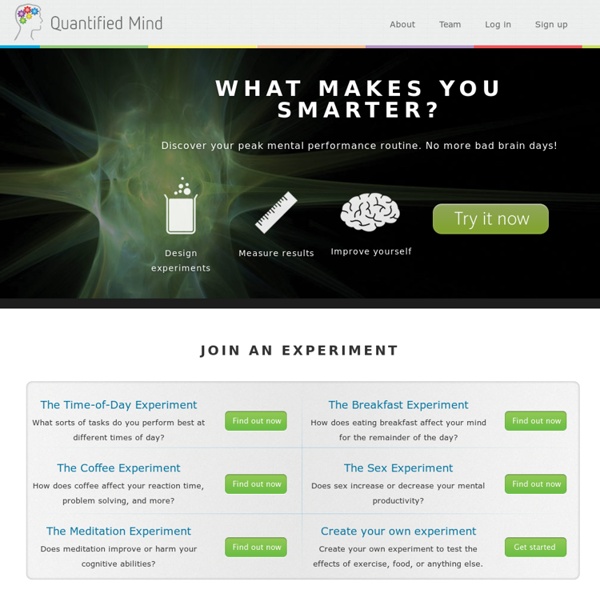



Cadence Desktop Pro What is KM? Knowledge Management Explained Knowledge Management, (KM) is a concept and a term that arose approximately two decades ago, roughly in 1990. Quite simply one might say that it means organizing an organization's information and knowledge holistically, but that sounds a bit wooly, and surprisingly enough, even though it sounds overbroad, it is not the whole picture. Very early on in the KM movement, Davenport (1994) offered the still widely quoted definition: "Knowledge management is the process of capturing, distributing, and effectively using knowledge." This definition has the virtue of being simple, stark, and to the point. "Knowledge management is a discipline that promotes an integrated approach to identifying, capturing, evaluating, retrieving, and sharing all of an enterprise's information assets. Both definitions share a very organizational, a very corporate orientation. From: Tom Short, Senior consultant, Knowledge Management, IBM Global Services Explicit, Implicit and Tacit Knowledge So what is involved in KM?
Brain Games & Brain Training - Lumosity Cadence Run DJ The Speed of Knowledge | KnowledgeVision In talking with a business executive the other day, the topic of the best way to communicate with employees came up. This particular business has locations around the US and in Canada, the UK and Australia. One of their real challenges has been communicating their evolving strategy in a consistent way – getting everyone reading from the same playbook. For most large companies, getting an idea out fast often means sacrificing quality of delivery or impact. So we spent some time talking with him about trying out the KnowledgeVision platform to create a compelling message to worldwide staff. The KVStudio suite of tools already makes creating a presentation a simple process, one that can be streamlined even more with strategic repurposing of existing content. Voltaire once wrote, “The perfect is the enemy of the good,” reminding us that speed is a powerful market force.
Y-Vladimir/SmartDeblur Mouse Co-expression Network EFQM Excellence Model and Knowledge Management Implications KM and your business model. Dilip Bhatt, takes a close look at the model developed by the European Foundation for Quality Management, and using the "hybrid skills" he has honed since serving as a geophysicist in the 70's and 80's, links knowledge management strategies directly to business policies and strategies. Bhatt is currently a Principal Consultant with ICL ltd. located in the U.K. where he provides strategic KM consultancy to banks, government agencies, as well as to other business organizations. He's actively assisting in developing ICL's own KM strategy and capacities associated with their cultural changes. In his prior positions of information and product manager, training manager, business analyst he has been working on the KM front lines since the early 90's. EFQM Excellence Model and Knowledge Management Implications by Dilip Bhatt Management by Processes & Facts People Development & Involvement Continuous Learning, Innovation & Improvement Partnership Development
Breathingearth - CO2, birth & death rates by country, simulated real-time Welcome to the Digital Ageing Atlas, the portal of ageing related changes | The Digital Ageing Atlas KL-ONE There is a whole family of KL-ONE-like systems. In KL-ONE descriptions are separated into two basic classes of concepts: primitive and defined. Primitives are domain concepts that are not fully defined. The slot-concept is called roles and the values of the roles are role-fillers. See also[edit] Ontology language References[edit] This article is based on material taken from the Free On-line Dictionary of Computing prior to 1 November 2008 and incorporated under the "relicensing" terms of the GFDL, version 1.3 or later.
Free Online OCR - Convert JPEG, PNG, GIF, BMP, TIFF, PDF, DjVu to Text